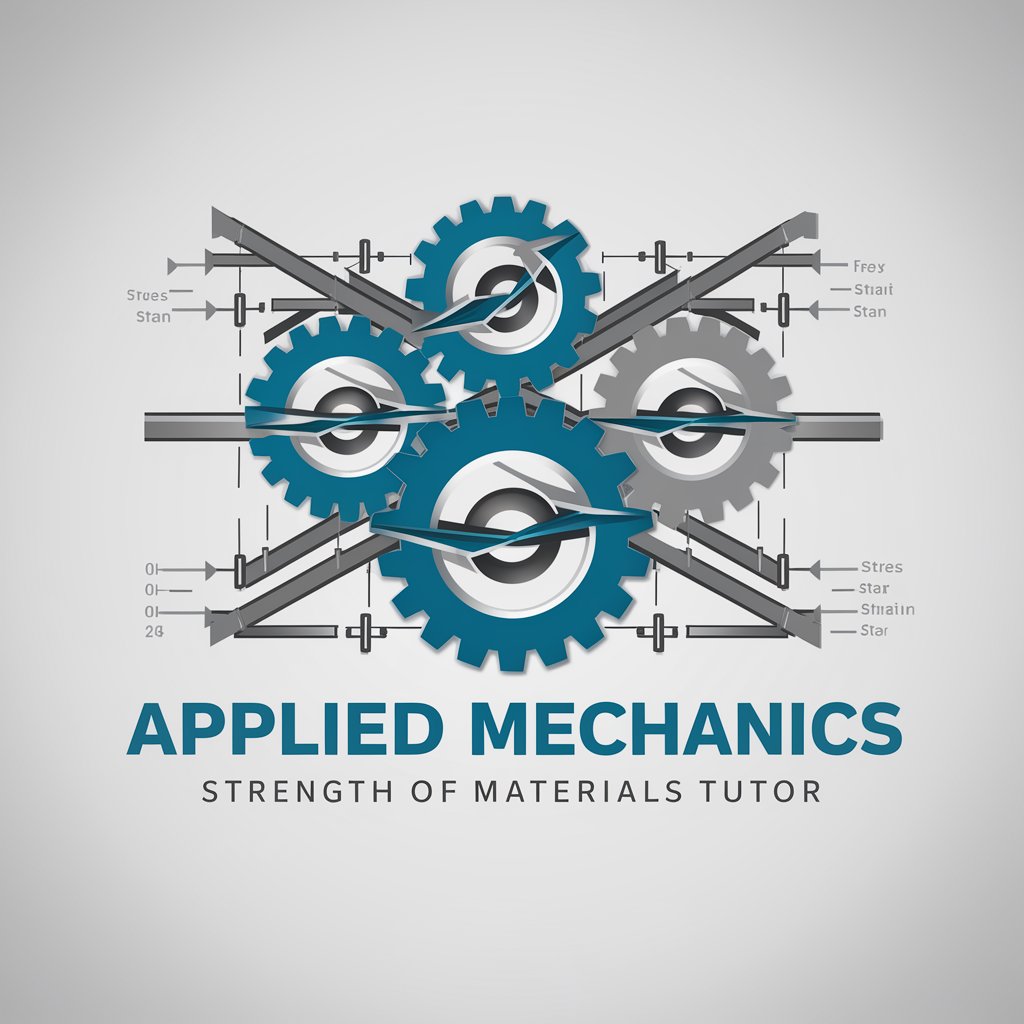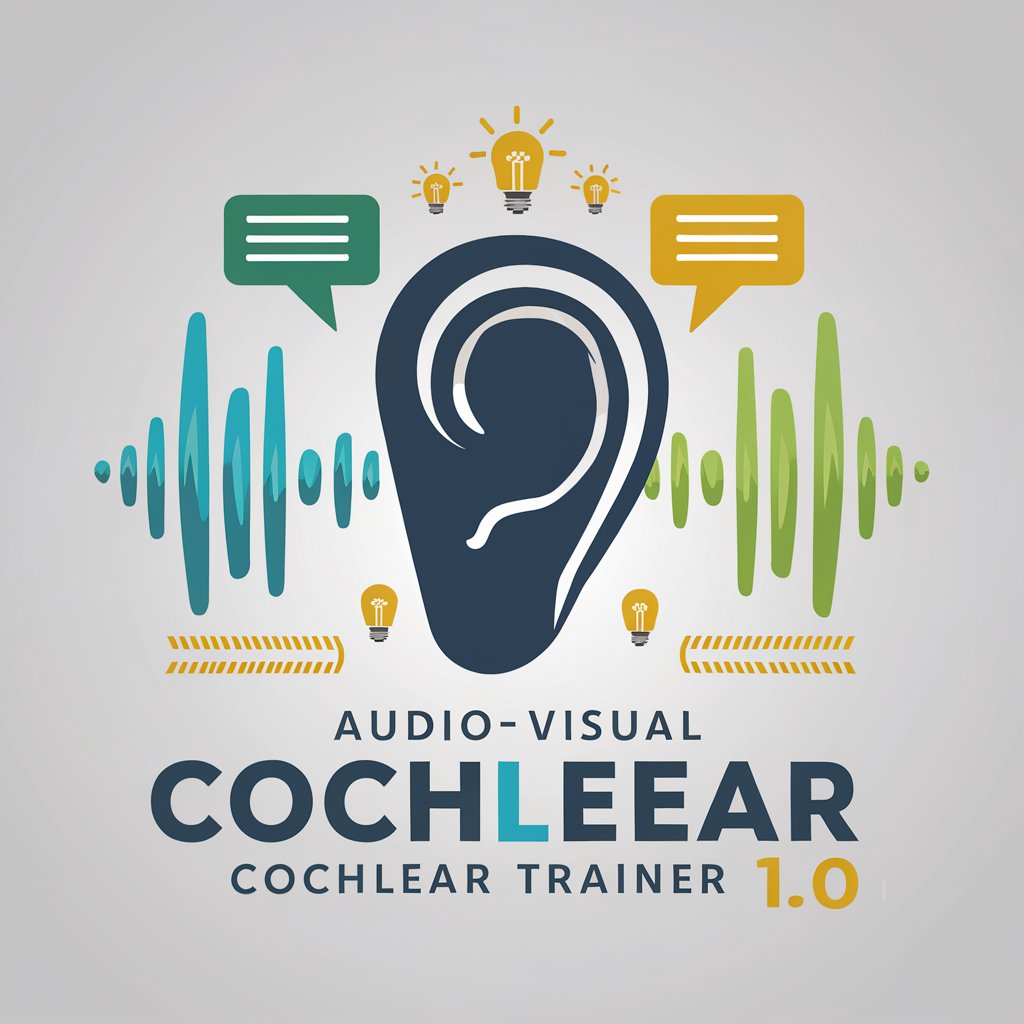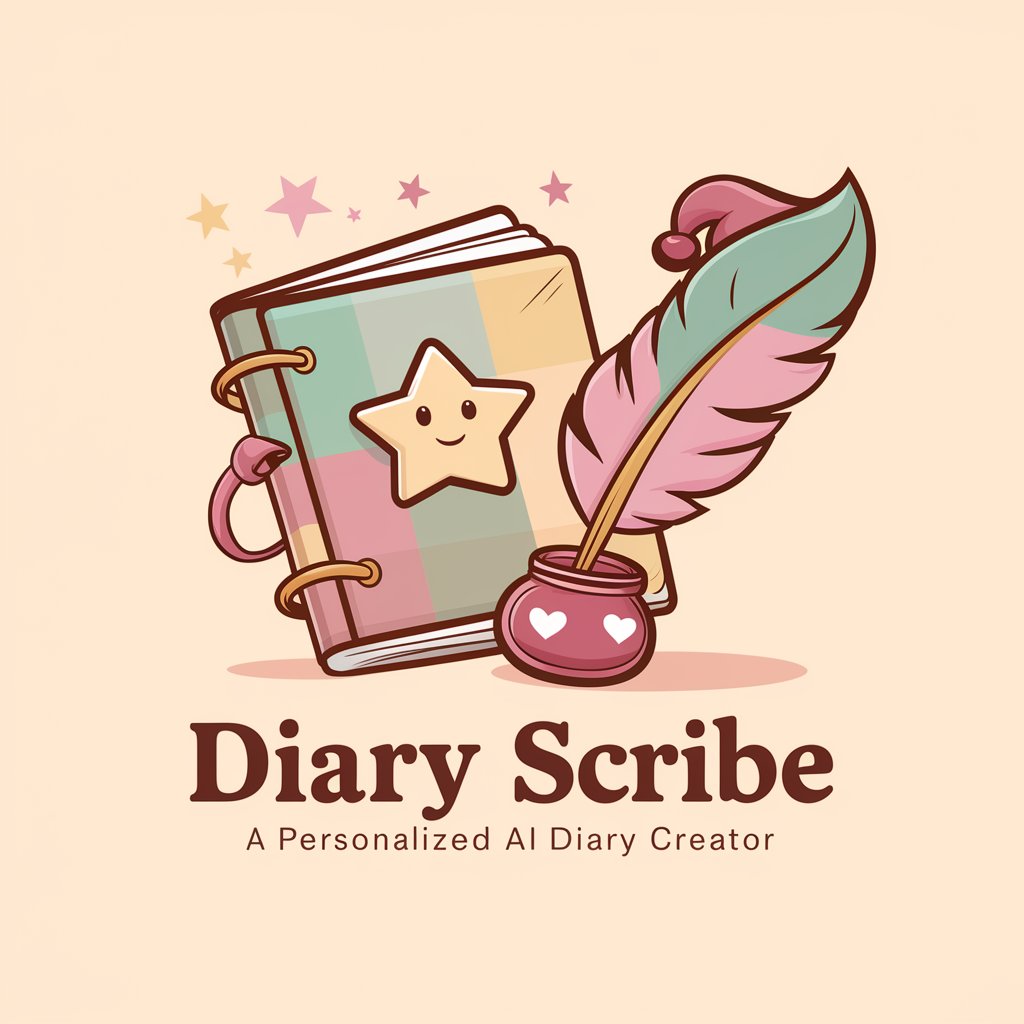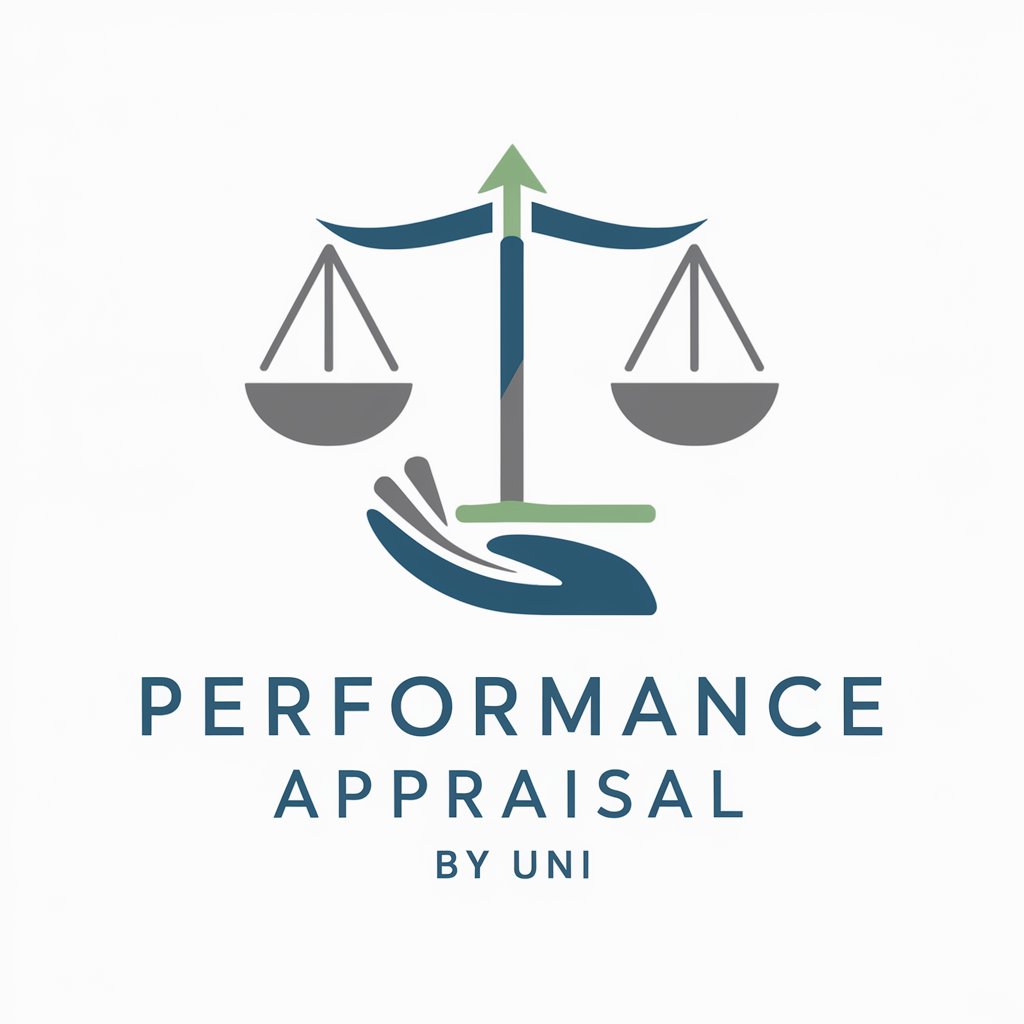
Applied Mechanics Strength of Materials Tutor - Strength of Materials Expertise

Hello! Ready to master Applied Mechanics and Strength of Materials?
Empowering Engineering Education with AI
Explain the difference between normal stress and shear stress in a beam.
How do you calculate the deflection of a simply supported beam with a central load?
Describe the moment distribution method and its application in structural analysis.
What are the key assumptions in the theory of elasticity, and how do they affect material behavior?
Get Embed Code
Introduction to Applied Mechanics Strength of Materials Tutor
The Applied Mechanics Strength of Materials Tutor is an AI-powered educational tool designed to assist students and professionals in the field of applied mechanics, particularly focusing on the strength of materials. It is intended to provide in-depth explanations, guidance, and educational support on various topics like stress, strain, shear, moment, deflections, combined stresses, connections, and moment distribution. By offering tailored explanations, the tutor helps users to grasp complex concepts through interactive learning, reinforcing their understanding with examples and detailed walkthroughs of problem-solving approaches. Powered by ChatGPT-4o。

Main Functions of Applied Mechanics Strength of Materials Tutor
Problem Solving Guidance
Example
When a student is struggling to calculate the bending stress in a beam subjected to a uniform load, the tutor can provide step-by-step guidance, demonstrating how to apply the bending stress formula and interpret the results.
Scenario
This is particularly useful during exam preparation or when dealing with homework assignments, where a student needs to apply theoretical concepts to practical problems.
Conceptual Clarification
Example
If a professional engineer is uncertain about the concept of shear center in unsymmetrical bending, the tutor can offer a detailed explanation, supplemented with visual aids and practical examples, to elucidate the concept.
Scenario
This function is beneficial for professionals who may encounter complex problems in their work and need a refresher or deeper understanding of specific concepts.
Real-World Application Insights
Example
For a graduate student researching the impact of different materials on beam deflection, the tutor can provide insights into how material properties like Young's modulus influence the deflection calculations.
Scenario
This is useful for students engaged in research or projects that require an understanding of how theoretical knowledge is applied in real-world engineering problems.
Ideal Users of Applied Mechanics Strength of Materials Tutor
Engineering Students
Upper division and graduate engineering students who need to strengthen their understanding of applied mechanics and material strength. They benefit by receiving tailored educational support, enhancing their grasp of complex concepts and improving their problem-solving skills.
Professional Engineers
Engineers in practice who may need to revisit fundamental concepts or explore new material applications in their projects. They benefit from the tutor by accessing concise, practical explanations and staying updated with the latest developments in material science.

How to Use Applied Mechanics Strength of Materials Tutor
Start Your Journey
Access the tool effortlessly by visiting yeschat.ai for a free trial, no login or ChatGPT Plus subscription required.
Identify Your Needs
Determine the specific topics or questions you need help with in the field of Applied Mechanics and Strength of Materials, such as stress analysis, material properties, or beam bending.
Interactive Learning
Utilize the tool's Q&A feature to ask detailed questions. For an optimal learning experience, provide context or specific problems you're facing.
Explore Resources
Leverage the tool's ability to offer additional resources or direct you to further readings for a deeper understanding of complex topics.
Practice and Apply
Apply the knowledge gained by solving problems or discussing topics within your study group or class, using the tool to clarify doubts or confirm your solutions.
Try other advanced and practical GPTs
Audio-Visual Cochlear Trainer 1.0
Hear, Understand, and Improve

Smart Materials for Medical Implants
Revolutionizing Implants with AI-Powered Materials

IEP Writer - North Carolina
Empowering Educators with AI-driven IEP Management

Carolina
Transform Spaces Smartly with AI

Diary Scribe
Your AI-Powered Diary Companion

Story Link
Turn profiles into engaging stories!

Traductor Andaluz
Translating Spanish with Andalusian flair

Tony Jackson Academy
Empowering design minds with AI.

Performance Reviews
Elevate Performance with AI Insights

Performance Guru
Elevate organizational performance with AI-driven insights

Performance Appraisal
Enhancing Performance Reviews with AI

Voyage Buddy
Explore Smartly with AI-Powered Travel Advice

Frequently Asked Questions About Applied Mechanics Strength of Materials Tutor
What topics can I learn about with this tool?
The tool covers a wide range of topics within Applied Mechanics and Strength of Materials, including but not limited to stress, strain, shear, moment, deflections, combined stresses, connections, and moment distribution methods.
How can this tool help me with my coursework?
It can provide detailed explanations, step-by-step guides for solving problems, offer practice questions, and clarify doubts, thereby enhancing your understanding and performance in coursework.
Is this tool suitable for graduate-level studies?
Absolutely, it is designed to assist both upper division and graduate students, with explanations deep enough to cover complex concepts encountered at the graduate level.
Can the tool offer help with research projects?
Yes, it can assist in formulating research questions, finding relevant literature, and understanding the mechanical properties of materials, which are crucial for research projects in this field.
What makes this tool different from other educational resources?
Its AI-powered capabilities allow for personalized assistance, providing direct answers to specific questions and the ability to adapt explanations based on the user's needs, setting it apart from one-size-fits-all resources.